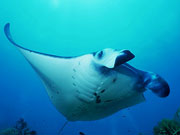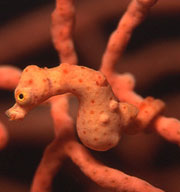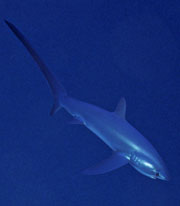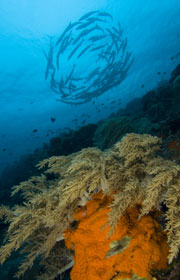Derawan archipelago in Indonesia is characterized by its exceptional biodiversity, with 507 species of hard coral and over 870 species of pelagic and reef fish. It also has a rich grouping of invertebrates, ranging from giant clams on its reefs to feisty coconut crabs on the islands themselves.
The Derawan archipelago is a group of islands in the Sulawesi Sea off the Indonesian coast of Kalimantan (Borneo) It is formed by Derawan, Sangalaki, Kakaban, Maratua, Panjang, and Samama, as well as several submerged reefs and small islets. These islands appear as hidden gems within the archipelago, often with wide lagoons and broad expanses of high-quality coral reef.
Although still largely unknown, people do visit the Derawan and do so for four very different reasons: the breath-taking tropical settings of the idyllic islands; some exceptional coral reefs; the chance to see mass gatherings of large and graceful manta rays, congregating in large numbers in the bays, gliding through the waters to feed in the rich coastal waters and; the opportunity to encounter a thresher shark whilst diving. This is one of the few places on Earth where manta rays are regular visitors in schools, coming in to feed and use the reef cleaning stations.
Thresher sharks are a similarly awe-inspiring sight reaching more than 6 metres in length. The caudal fin (upper tail) alone can be 3 metres long and the shark uses this as a weapon to herd and stun prey. Threshers are one of the few species known to breach, jumping fully out of the water and turning like a dolphin.
The Derawan Archipelago is also noted as being the largest breeding site for marine turtles within Indonesia and encountering several turtles during a dive is common. During the night it is possible to watch turtles laying eggs on certain beaches and with a bit of luck it is even possible to watch the nestlings crawl over the beach into the water.
The outer lying atoll of Maratua is known for its crystal-clear waters, white sandy beaches and large expanses of healthy and vibrant corals on its reefs. Diving at Maratua provides a kaleidoscope of species, mixing tiny bright nudibranchs and hairy orangutan crabs nestling in the branches of delicate corals. It is a wonderful place to find both the small and bizarre such as frogfish and lionfish, and pelagics such as thresher sharks.
Sangalaki is the most famous port of call in the archipelago for schools of manta rays which come to the island to feed on plankton. 2 metres is a typical wing span. The island also provides some excellent reef diving and it's beaches are protected egg laying areas for green turtles.
Conservation
The Derawan Archipelago is not without its conservation pressures. As with all of Indonesia's coral reefs, reef bombing and the use of cyanide present the biggest threats. Over fishing is also a problem widespread across Indonesia, as well as shark finning and the collection of turtle eggs. Sedimentation is another classic problem faced within Indonesia through unsustainable logging of its tropical forests. The closer you are to the Berau estuary, the more chance you will see the impact sedimentation has on visibility.
Some local reports suggest that since the area was designated a marine park, that reef bombing seems to have stopped. We certainly hope so, but in the meantime we urge all of our divers to dive responsibly. The most important thing you can do is make sure we don't touch anything underwater. The practice of good buoyancy control is key to keeping hands and fins away from the reef. Extra care is needed when taking photographs and underwater film footage. We urge divers to a adopt a completely 'no touch approach to image taking - something we arrange short master classes and courses in in Indonesia's Sulawesi.





